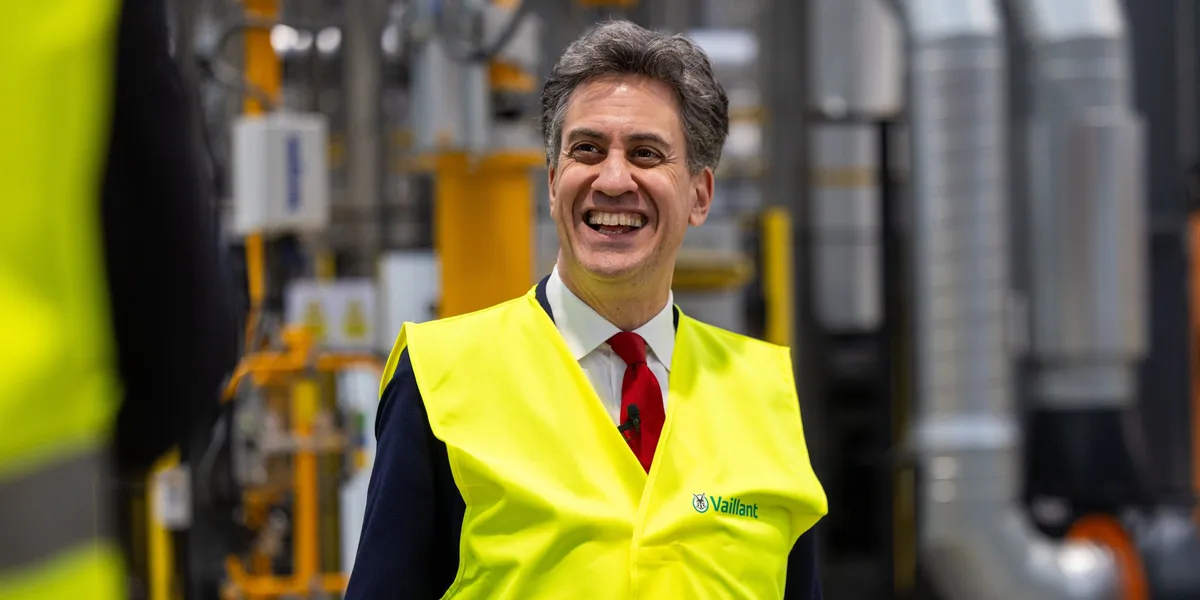Contributed by Mike Hall, CEO, Anza
Amidst volatile trade policy and tariff uncertainty, solar and storage developers must constantly adapt their strategies. Prioritizing domestic content options has become a leading way for project developers to mitigate risk, but not without roadblocks. The United States’ domestic module manufacturing is still ramping up, all while the energy demand continues to surge.
That leaves developers to identify creative solutions to ensure domestic modules are leveraged strategically, or else risk lower financial return and missed timelines. Now more than ever, buyers and developers need guidance on how to create a strategy that is de-risked in the face of market uncertainty.
Prioritize Domestic Content
Focusing on domestic modules is the best way to mitigate risk in project development, as these modules are resistant to policy whiplash, and prices stay more consistent compared to international counterparts. Sourcing from the domestic supply now means not just securing tax benefits—it’s also about avoiding last-minute procurement scrambles caused by shifting global trade enforcement. Further, incentives like the 10% ITC adder are only accessible with the right mix of domestic components.
At the same time, inventory is limited, nowhere near what the market demands. Simultaneously, U.S. energy demand is projected to increase by 25% in five years. Simply put, the amount of domestic content required to meet the need cannot be scaled in that timeframe.
The competition for domestically produced modules is fierce for this reason, and data offers a distinct advantage for buyers and developers. Those using on-demand product & supply chain data can move faster, source smarter, and stay ahead of competitors chasing the same supply. Access to real-time insights on domestic content—including pricing, inventory, delivery timelines, and total lifetime value—buyers and developers get a significant advantage in procuring domestic modules ahead of the market.
Worth noting that leveraging domestic content doesn’t mean an entire project needs to be sourced from U.S. suppliers. Given the sheer volume of module demand, buyers and developers will inevitably rely on foreign products in some capacity for years to come. But this doesn’t mean a strategic domestic content strategy is out of reach.
Blend Domestic and International Products
Many developers and project owners are aiming to have their project qualify for the domestic content ITC via a blending of qualifying and non-qualifying products to still get over that threshold while keeping costs down. Oftentimes, this cost-effective option is overlooked. Blending domestic and international content offers a practical path to meet the 45% domestic content requirement for 2025 (or the higher amounts in future years). This approach allows developers to stay agile while still capitalizing on federal incentives.
Data is the cornerstone of this strategy, as not all modules are compatible. Having the ability to compare and rank different brands, models, and dimensions means confidently integrating global and domestic module options. With the right insights, developers can confidently integrate global and domestic module options without sacrificing performance or timelines.
For example, a solar developer with a small team and no internal engineer had not previously considered domestic content as an option when designing projects. With no in-house tools, testing different blends of domestic and imported modules to qualify for the 10% adder would require days of work.
Anza’s developer client used Anza’s data and analytics to quickly demonstrate how to reach the required IRS percentage on a high-cost tracker project with minimal redesign. They discovered that investing 13.5 cents more in domestic content would unlock 28 cents in project value, thereby improving their internal rate of return (IRR). With Anza, this client has fast, defensible calculations that could be shared with their board and outside parties while optimizing their project.
In a climate where trade policy can shift mid-cycle, having a blended procurement plan already mapped out can mean the difference between a costly delay and a significant tax credit boost. As developers leverage the blend strategy, supplier negotiations have also become a frontier in managing exposure.
Be Strategic with Your Suppliers
Both developers and suppliers know international content is unavoidable, which means so is risk. As the market has evolved, supplier offerings have evolved with it. Amid uncertainty, particularly regarding Section 201, 301, AD/CVD, and the UFLPA, utility-scale solar and storage suppliers are increasingly flexible in structuring deals with developers. In some cases, developers don’t need to bear the risk of non-domestic content on their own. Instead, they can proactively share risk through supplier agreements.
More suppliers are starting to leverage risk-sharing when it comes to tariffs, especially those imposed on imported solar panels and battery components. These negotiations often focus on how to allocate and mitigate risk in a way that still makes the project viable for both sides.
It’s worth noting that this is on a case-by-case basis, but having these conversations with suppliers can save developers from last-minute tariff risk scrambles in the long run. It’s time-consuming and challenging to identify the right suppliers, but having real-time data on which suppliers are willing to negotiate not only means sharing tariff burdens through contracting, but it also means saving weeks of manual information gathering.
Make The Most of Domestic Supply
In today’s tariff-prone, policy-volatile landscape, domestic supply is a risk management strategy and a competitive differentiator. While full reliance on U.S.-manufactured components remains out of reach for most, treating domestic content as a foundational element of your development strategy can deliver resilience beyond just the 10% ITC adder.
Maximizing domestic content isn’t just about locking in U.S.-made modules. It’s about knowing when and how to blend those components with international ones to hit ITC thresholds without compromising project margins. It’s about using real-time supply and product data to forecast availability, identify the right module pairings, and negotiate smarter, risk-sharing contracts with suppliers.
Domestic content procurement is no longer just a nice-to-have—it’s a must for long-term project profitability. Those who embed it into their core strategy today won’t just secure incentives. They’ll future-proof their projects against the trade headwinds of tomorrow.








